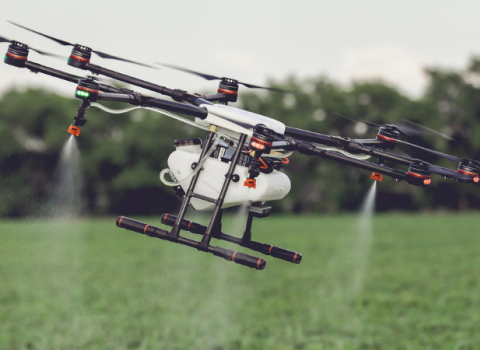The natural world is a vital source of inspiration for materials scientists, but realising its commercial value can be a challenge. While it may seem surprising that our understanding of organic structures is still developing at pace in the 21st century, recent discoveries continue to pave the way for the use of newly-discovered natural materials and the development of new synthetic materials.
Last month, researchers at the University of Plymouth in the UK identified the strongest natural biological material currently known to man; limpet teeth. Containing a hard substance known as goethite which gives them a resilient quality, limpet teeth are now being studied in earnest by scientists looking to replicate their structure.
The researchers have demonstrated that the combination of a protein framework interlaced with goethite fibres generates mechanical strength comparable to the strongest man-made carbon nanofibres. If successful in replicating the structure of limpet teeth at scale, their findings could be applied to high-performance engineering, for use on Formula 1 cars, boats or aircraft.
However, ensuring that such innovations are commercially viable is vital. The aim for companies is to obtain patent protection for methods of extracting materials from their natural sources in sufficient quantities for industrial applications, novel applications for the materials, or synthetic materials with similar properties as the natural materials. Only then, can the true value of these discoveries be unlocked.
For those aiming to harness the unique qualities of limpet teeth, lessons can be learned by looking back at the attempts made to develop applications for spider silk, the material previously thought to be nature’s strongest. More elastic than rubber and three times stronger than steel, producing the large volumes of spider silk required for commercial applications has proved difficult. Spiders only create small quantities of silk for webs before consuming them to conserve protein. In addition, they are cannibalistic in the absence of other prey, making farming impractical.
In view of these difficulties, scientists turned their attention to developing synthetic alternatives. Kraig Biocraft Laboratories patented genetic sequences for numerous spider silk qualities and gained a monopoly in the use of these sequences to generate structural spider silk in silkworms. Unlike spiders, silkworms have a large capacity for silk production, with silk glands making up 40 per cent of their body weight.
Another company, AMSilk uses genetically engineered Escherichia coli to express silk proteins derived from the DNA of the European garden cross spider.
If limpet teeth are to be used commercially, an efficient way of farming goethite or creating a synthetic version of its structure (which is essentially a mineral coated in a protein), must be developed.
Alternatively, novel applications of a naturally occurring material can also be developed and protected. A good example of this is chitin, a natural compound found in the shells of crabs which exists to protect crustaceans from the outside environment. The material has been developed for use in contact lenses, surgical stitches and artificial skin as well as being blended with other substances to make Crabyon, a textile fabric.
When synthesising and exploring the practical applications for new materials, it is important that companies consider their IP strategy and engage with patent attorneys at an early stage. Patent applications must provide enough detail to allow the innovation to be replicated and applicants must be able to demonstrate that the technology is new and inventive.
Of course, care must also be taken to avoid early disclosure. A single comment from an overexcited researcher could compromise the commercial success of a future application.
As scientists continue to look to nature in the search for new and unique materials, they should keep in mind the challenges of the R&D path. Companies should aim to achieve commercial viability by implementing a watertight IP strategy to protect their inventions.
Ben Dempster and Jennifer Unsworth are patent attorneys and materials science specialists at Withers & Rogers, an intellectual property firm.





 A unique international forum for public research organisations and companies to connect their external engagement with strategic interests around their R&D system.
A unique international forum for public research organisations and companies to connect their external engagement with strategic interests around their R&D system.